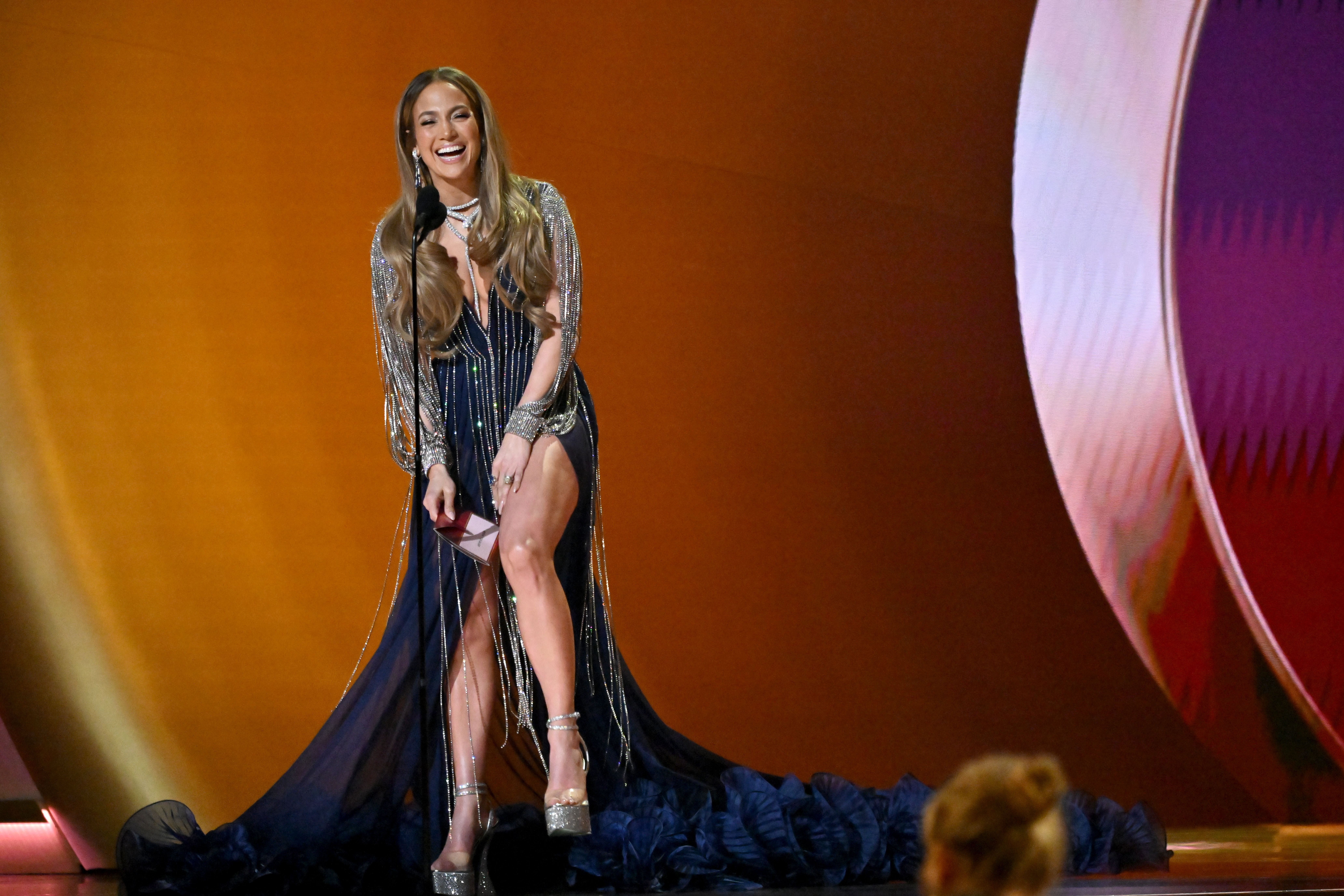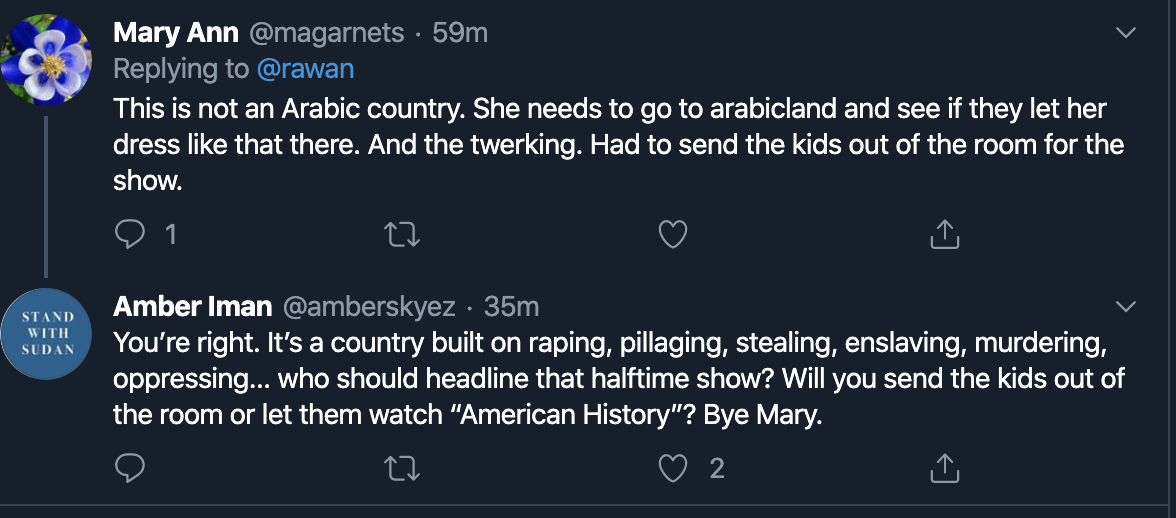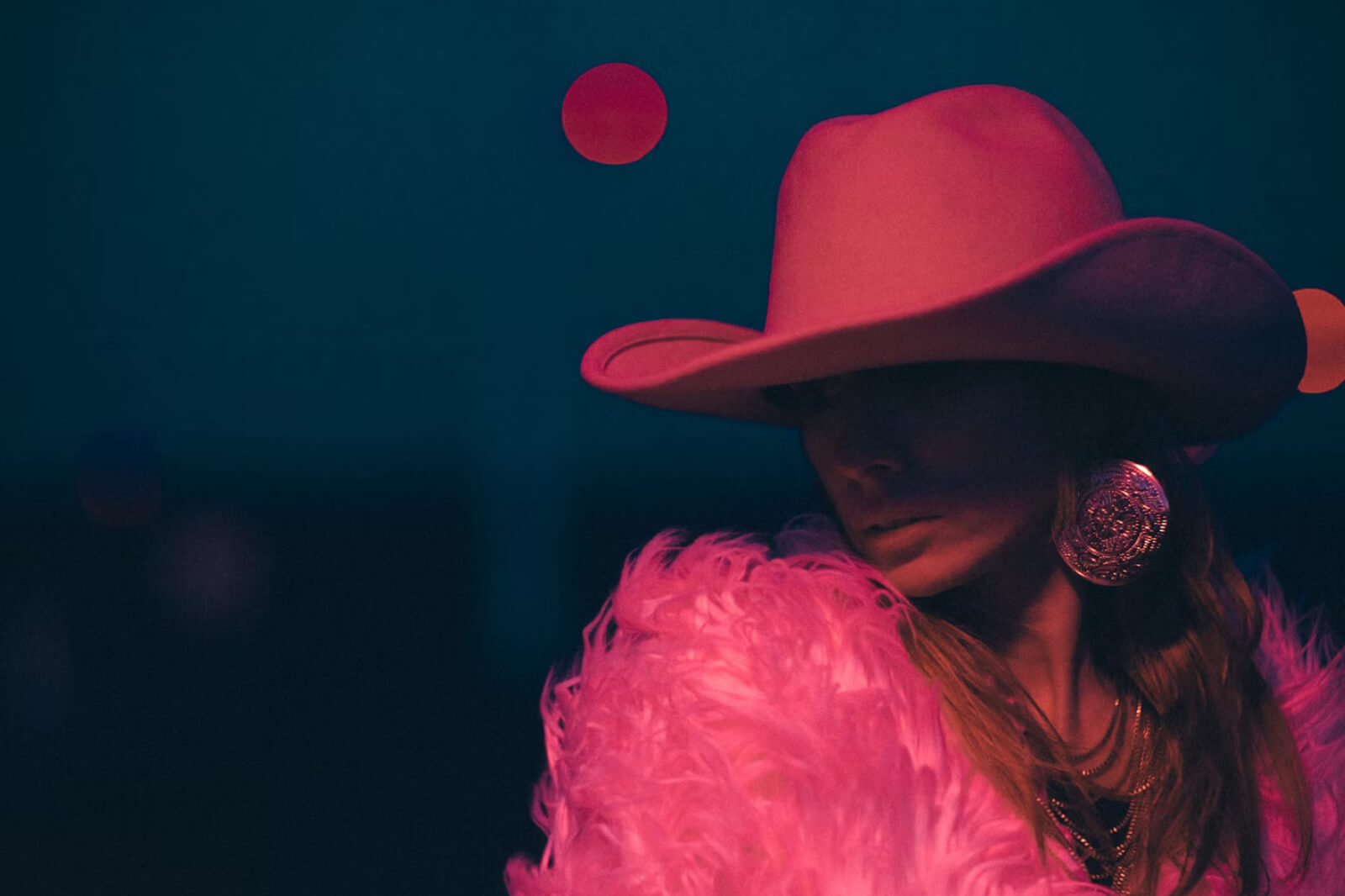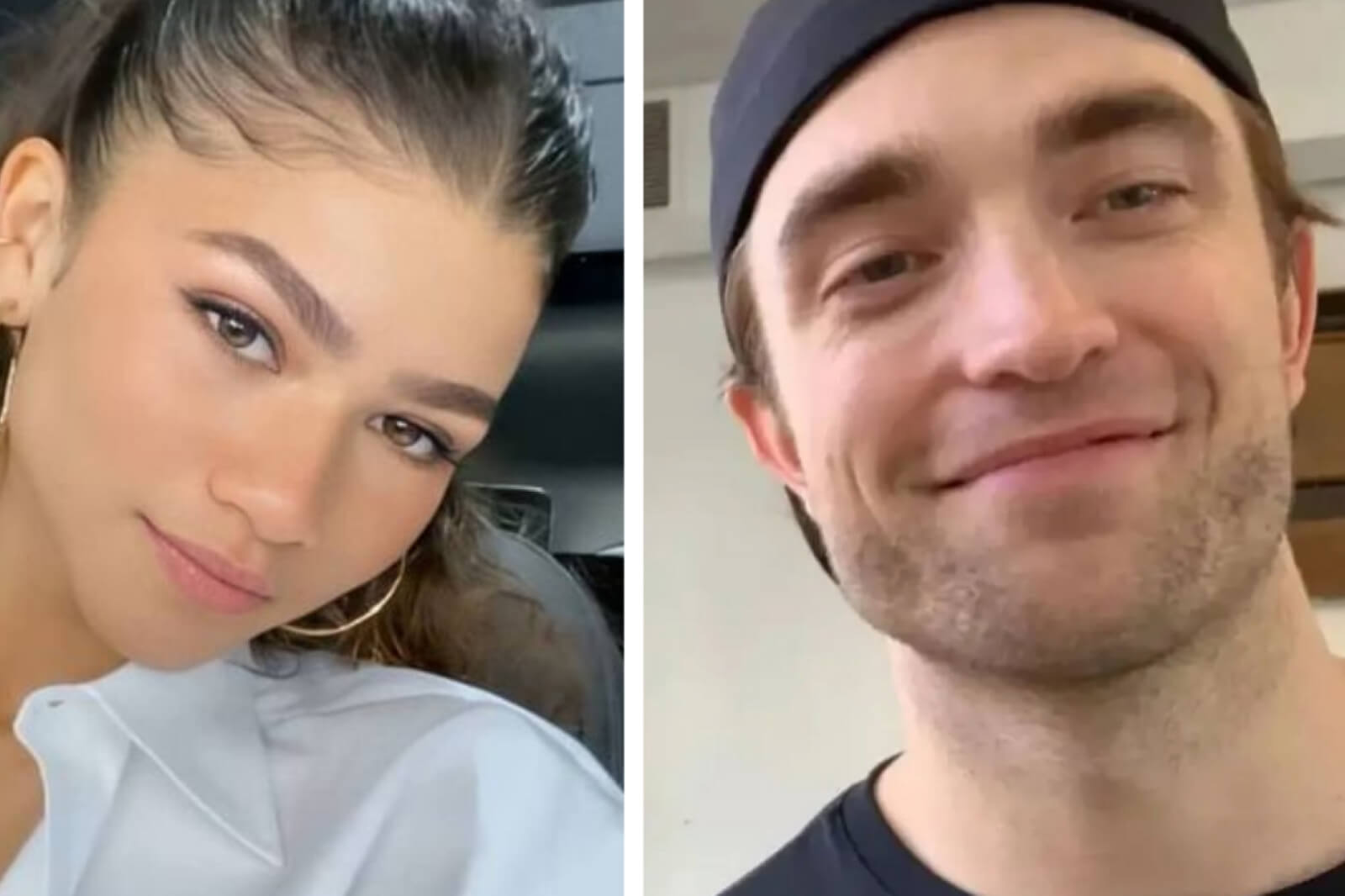
Jennifer Lopez
Rob Latour/Shutterstock
Depending on who you ask, it’s unclear who won the Super Bowl.
Some say the highest trophy went to Jennifer Lopez, who commanded the stage with age-defying athleticism, from pole dancing to expert choreography, leading millions of viewers to Google her age (50 years old, that’s right). Many say that Latin music won the night, with Bad Bunny joining Lopez to represent Puerto Rico and Shakira, 43, bringing Colombian and Middle Eastern cultures to the spotlight on the Super Bowl halftime stage. Or, as The Cut says, it was “a very good night for butts“; between the awesome powers of Shakira and J-Lo, we had “a dance routine choreographed by butts, for butts…Hips don’t lie, and as it turns out, neither do butts!”
But, as with any sporting event, there were angry spectators who didn’t like what was happening, who yelled out their displeasure, and who occasionally ranted that “this is America!” for seemingly no reason. Criticism of Shakira and Lopez’s halftime performance ranged from shaming the provocative nature of their costumes and choreography to the “un-American” cultural references embedded throughout their performances.
Is the Super Bowl American?
During Shakira’s performance of “Hips Don’t Lie,” the Grammy Award-winning artist paused to give a nod to her Colombian-Lebanese roots. She leaned down to allow one lucky camera to capture a high vocal trill accompanied by a tongue-wagging movement. While the ululation confused many (and inspired a truly cringe-worthy amount of memes), others recognized it as Shakira’s version of a zaghroota, a traditional cry of joy in Arabic cultures. Shakira, whose first name is Arabic for “grateful,” was mostly raised in Barranquilla, Colombia by her Spanish and Italian mother and Lebanese father.
In fact, her father introduced her to the doumbek, a traditional drum in Arabic music that often accompanies belly dancing. She first heard the beat in a Middle Eastern restaurant when she was four years old, and she fell in love with the performance. During Sunday’s halftime show, Shakira brought her signature belly dancing to the stage, where Middle Eastern viewers recognized their culture represented proudly before millions of Americans. Some took to Twitter to point out the traditional dances from Carnaval de Barranquilla, the second largest carnival in the world—which takes place in Shakira’s hometown. She also performed the Champeta, a dance that originated in Africa and has its own version in Branquilla, Colombia; and many pointed out that Shakira’s zaghroota was part of her version of “Son de negro,” another traditional dance performed in Colombia to celebrate African ancestry.
Jennifer Lopez created equally dramatic moments in honor of Latinx culture. The Bronx-born Puerto Rican singer gave new renditions of hits like “Jenny From the Block” and “Waiting for Tonight.” But then came a symbolic interlude when Lopez turned the stage over to her 11-year-old daughter, Emme Maribel Muñiz, to lead a children’s choir in a cover of Bruce Springsteen’s “Born in the USA.” The performance was staged with the children encased in cage-like decorations, a symbolic nod to the thousands of immigrant children being held at the border, most of whom come from Latin American countries. When Lopez returned to the stage, she was wrapped in a feathered version of the Puerto Rican flag, whose white star represents the U.S. commonwealth and white stripes stand for human rights and individual freedom.
“Family Friendly” Sexism?
However, while Shakira and Lopez’s halftime performance celebrated Latinx culture with nods to the Latinx diaspora and its numerous contributions to what we know as “American culture” today, ignorance still marred many viewers’ perceptions. Criticism ranged from racially charged complaints that “this is not an Arabic country” and that cultural traditions were somehow inappropriate to show on national television to overt, sexist shaming of both Shakira and Lopez for their provocative dancing.
screenshot from Twitter users @magarnets and @amberskyez
What most critics seem to have in common is a belief that the Super Bowl halftime performance is a “family show,” and therefore viewers are entitled to modesty from female performers. Perhaps they also believe that J. Lo is simply too old to pole dance. In a nod to her critically acclaimed performance in Hustlers, Lopez showed off her athleticism with a pole dancing routine in her set, and she was also joined by Shakira for a final hip-shaking pose. Critics found this be too sexualizing and objectifying of women–which it was, if one looks at it through the lens of the default male gaze, which has always warped how we see women in media, placing women in the Edenic role of the seductress and entirely dismissing their cultural origins and personal ability to exert control over their own bodies. But hey, that’s Twitter for you.
- We All Knew Jennifer Lopez Wasn’t a Motown Singer, Right … ›
- On This Day: Shakira Liberated Everyone’s “She Wolf” – Popdust ›
- Bad Bunny’s GF Is Very Normal – who is she? – Popdust ›
- FCC Received 1312 Complaints about J. Lo’s Halftime Show – Popdust ›
- Jennifer Lopez (@jlo) • Instagram photos and videos ›
- The 2020 Super Bowl halftime show, in photos ›
- Shakira and Jennifer Lopez perform at Super Bowl halftime show ›
- Jennifer Lopez, Shakira Headline 2020 Super Bowl Halftime Show … ›
- Super Bowl Halftime Show 2020: Twitter Reacts To Jennifer Lopez ›
- Shakira shows what it takes to prepare for a Super Bowl halftime … ›














